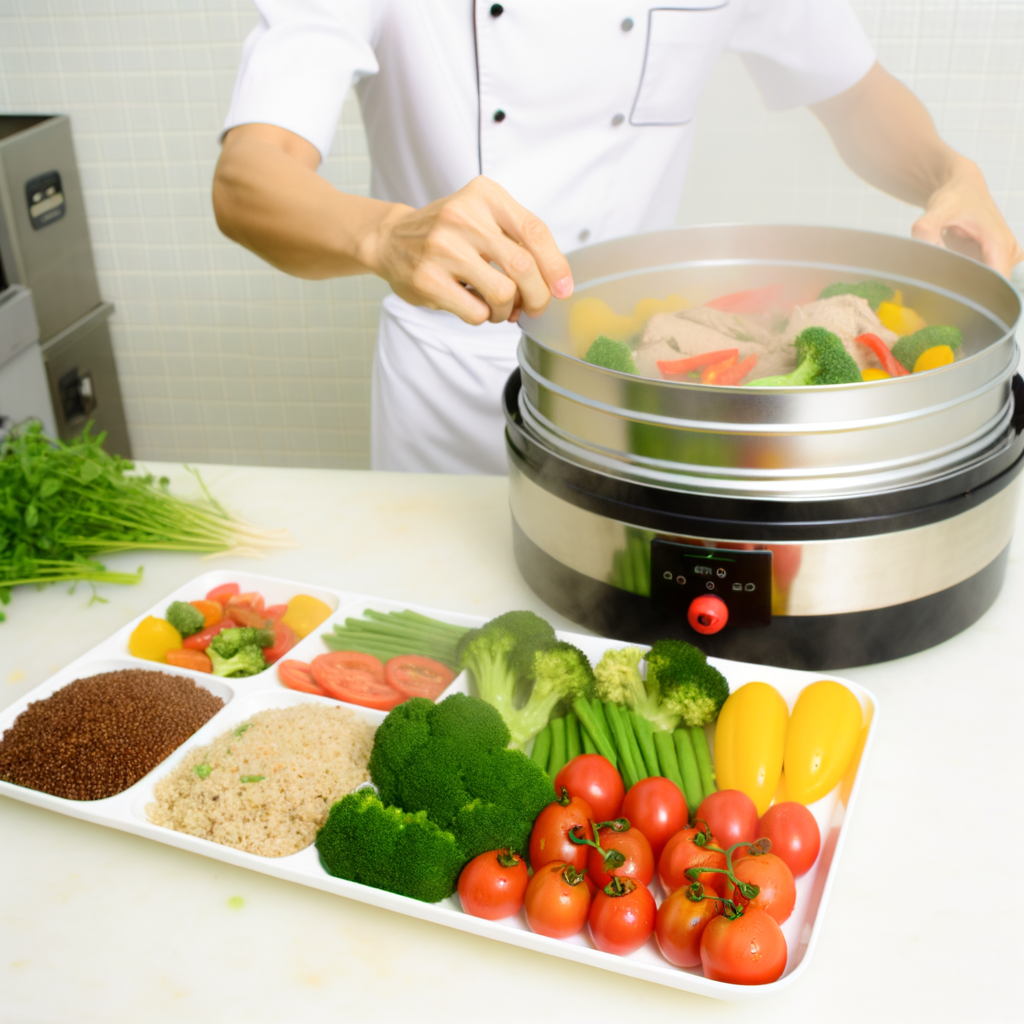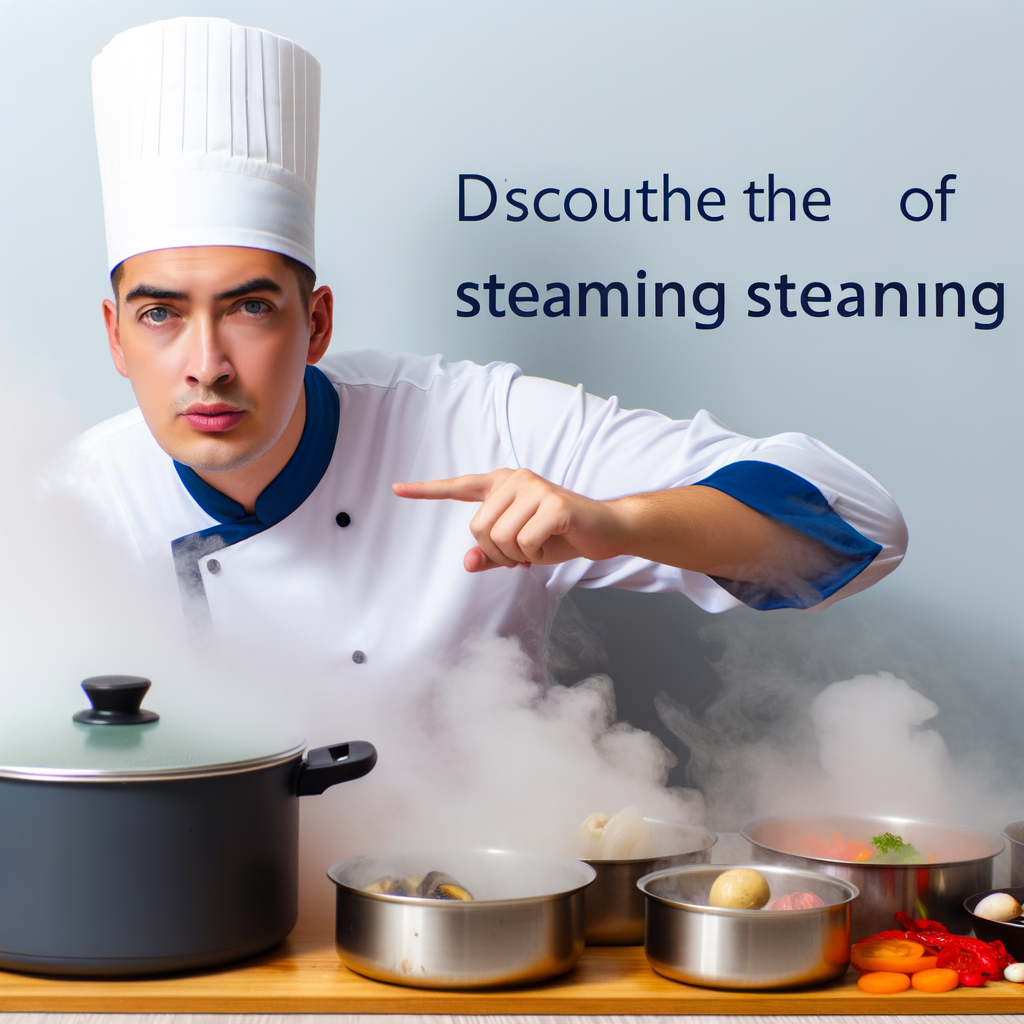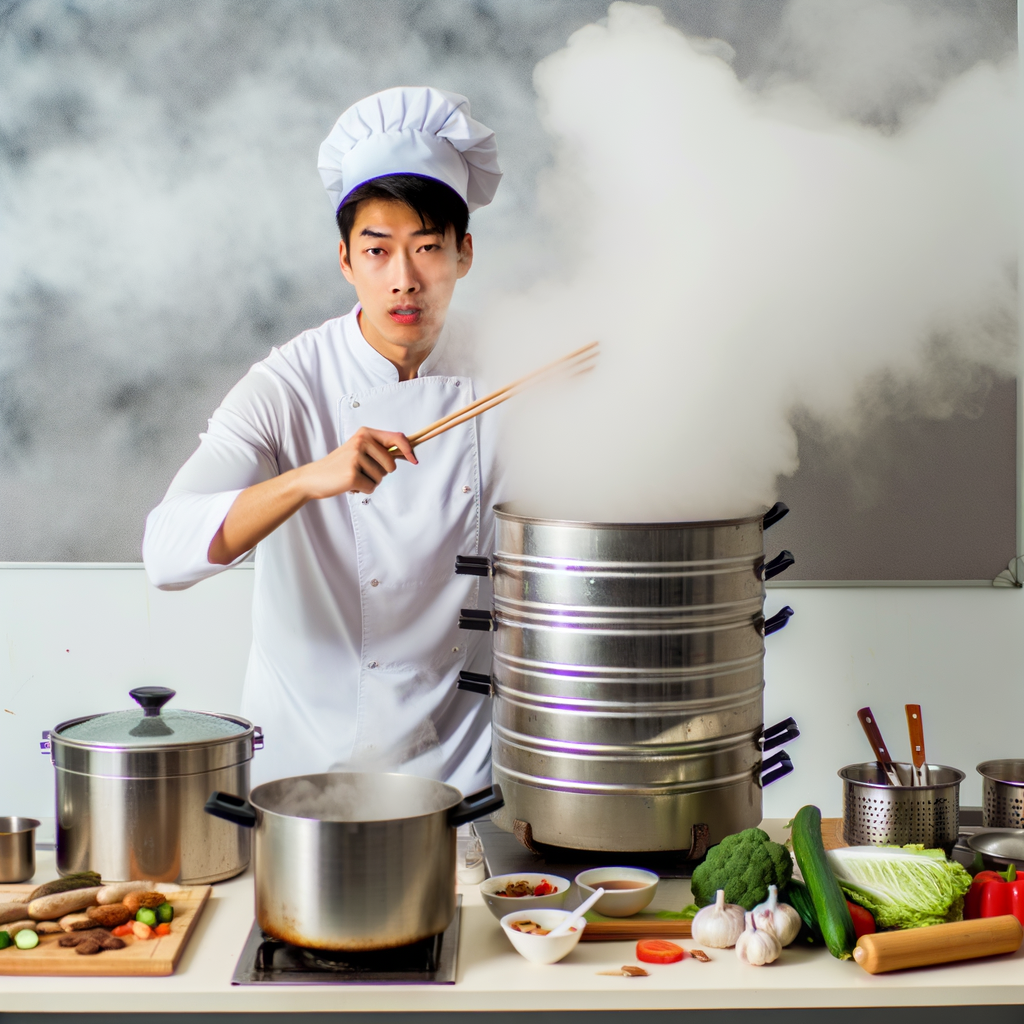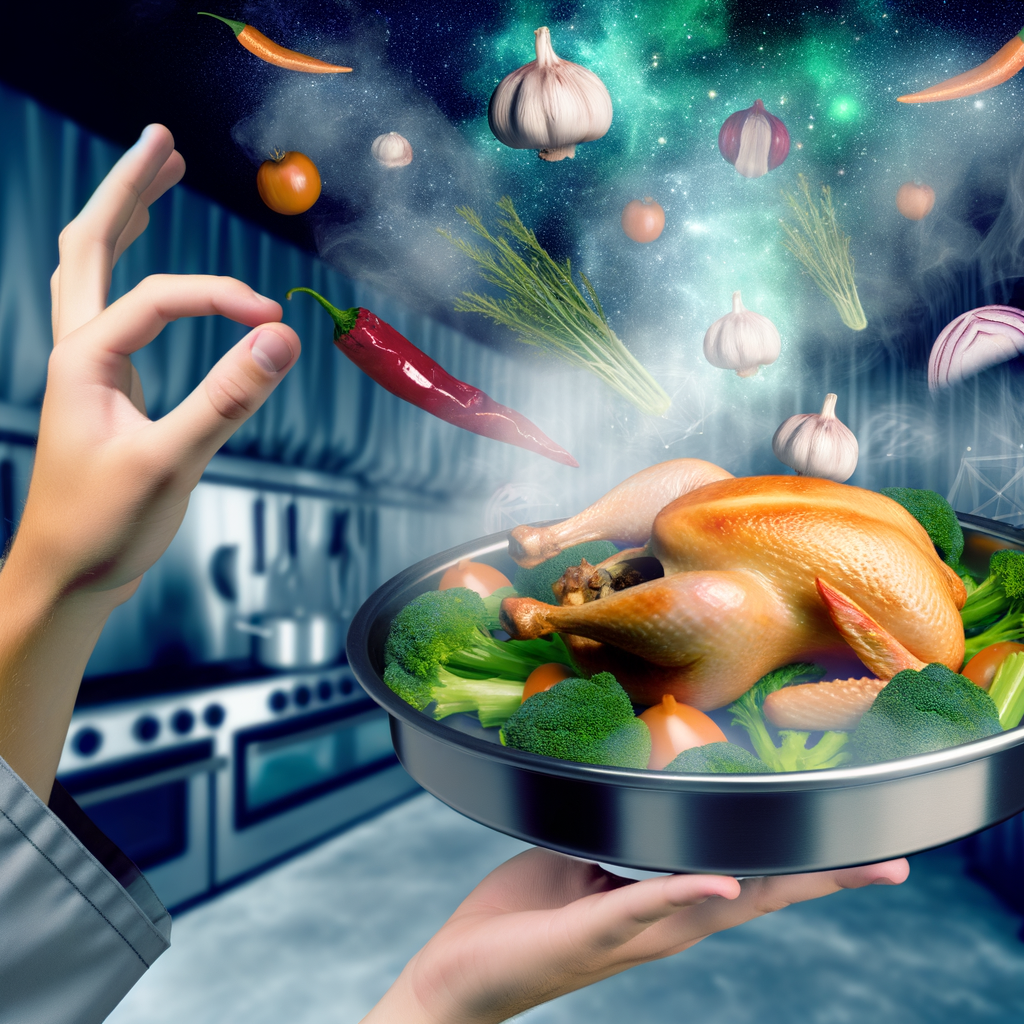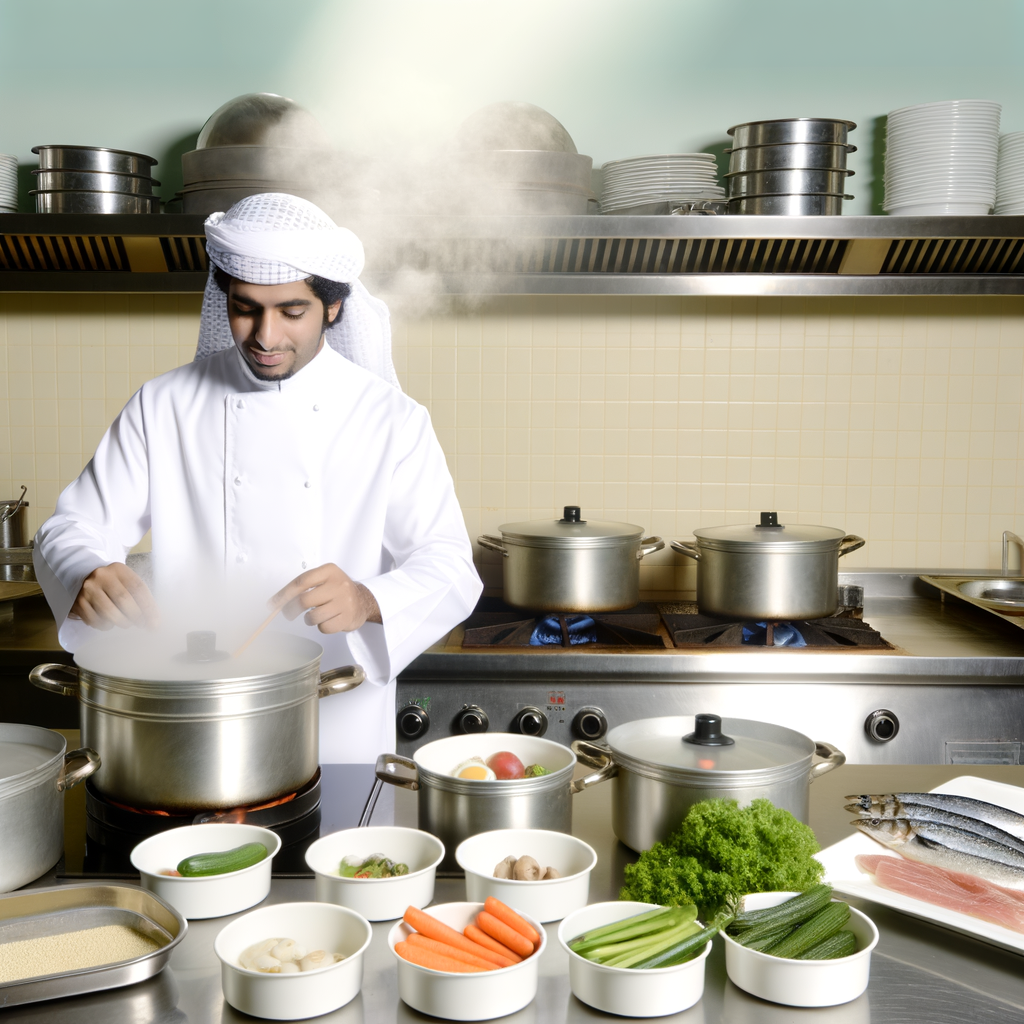Steaming is a cooking technique that has been used for centuries, and for good reason. It is a gentle and healthy way to cook food, preserving its natural flavors and nutrients. As a chef, I have come to appreciate the versatility of steaming and the endless possibilities it offers in the kitchen.
Steaming involves cooking food in a sealed container over, or in, boiling water. This method creates steam that cooks the food evenly and gently without the need for added fats or oils. Steaming is especially ideal for delicate foods such as fish, vegetables, and dumplings.
One of the key benefits of steaming is that it retains the natural flavors of the food. Unlike other cooking methods, steaming does not allow the food to come into contact with water, preventing any flavor loss. This is particularly important when cooking seafood, as it can easily become overcooked and lose its delicate taste.
In addition to preserving flavors, steaming also helps to retain the nutrients in the food. Many vitamins and minerals are water-soluble, meaning they can be lost during cooking. Steaming minimizes this loss, making it a healthier option for those looking to maintain a balanced diet.
To get the best results when steaming, it is important to choose the right equipment. A bamboo steamer is a traditional and popular option, but there are also electric steamers and stovetop steamers available. It is also essential to ensure that the food is not overcrowded in the steamer, as this can affect the cooking time and result in unevenly cooked food.
In conclusion, steaming is a fantastic cooking technique that offers a multitude of benefits. From preserving flavors to retaining nutrients, it is an excellent option for anyone looking to create healthy and delicious meals. So next time you’re in the kitchen, don’t be afraid to give steaming a try!

